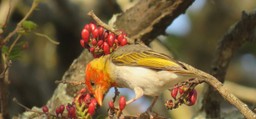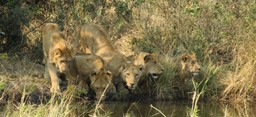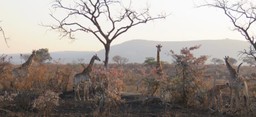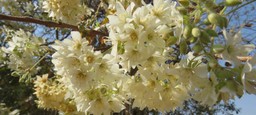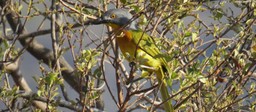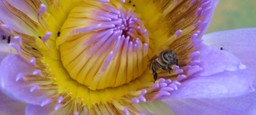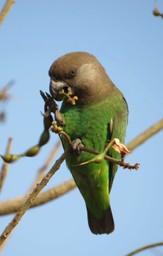People often ask when the best time is to visit Kruger, but in all honesty, is there really a best time? Every month and every season offers something unique and spectacular, with its own fascinating journey, unfolding nature’s perfection.
What does spring in Kruger look like?
With temperatures warming up, the trees start to bloom again, the daylight stays longer, sunrise earlier, we witness the colours across the Park changing.
Life in Kruger during spring, specifically the South western boundary where the Lodge is located, brings something quite different to what you’ll find during the winter months.
Spring is the height of the dry season, with sparse vegetation and dry winds. As the transition from winter to summer takes place, prior to the first rainfall, mammals still largely concentrate their rhythms to remain close to permanent water resources, such as perennial rivers and streams and artificial water points, making it a a perfect time for game viewing with high concentrations of game in these areas.
Soft rains start to fall during August and September, stimulating growth of green leaves and attracting zebras, giraffe, buffalo, white rhino and impala and although the dull burnt environment is still largely present, signs of spring and the turn of the season is definitely evident.
With the first rainfall, the newness and beautiful greenery that Kruger offers pops up. You can smell it in the air. New colours start to blossom.
The wild pear and coral tree are amongst some of the first to blossom after the winter, new Mopane leaves appear, the weeping boer-beans flower in red and the first migrant birds return from the north. Temperatures are expected to rise up to around 28 degrees ensuring beautiful weather for your stay.
At the end of the day there is no perfect day, time or season to visit Kruger, because every season is perfect in its own way. We look forward to stepping into this season with you.



